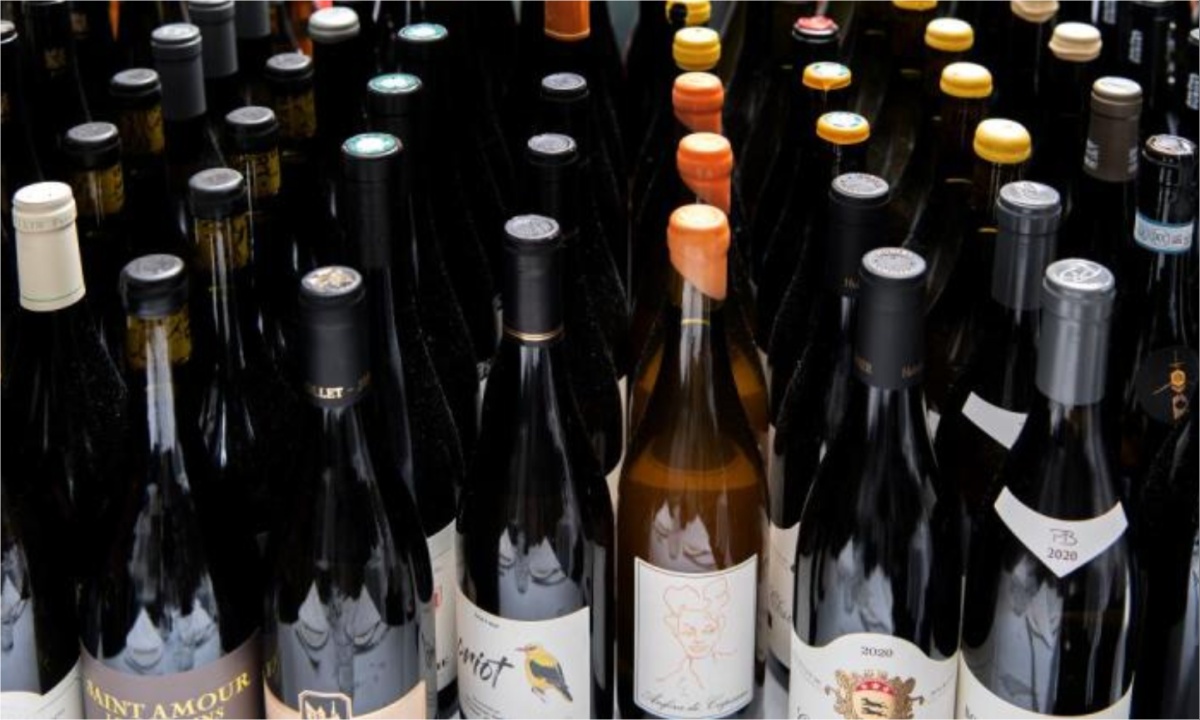In response to potential tariffs on Italian wine, American importers have been significantly increasing their Prosecco stockpiles. Data shows that U.S. imports of Italian sparkling wines, particularly Prosecco, surged by 41% in November following Donald Trump’s election.
This increase far exceeded actual consumer demand, suggesting that importers were preparing for the uncertainty that tariffs might impose on prices and availability. The Union of Italian Wines trade association attributes this move to the desire to hedge against the impact of potential tariffs, which could discourage consumers from purchasing these luxury goods.
Concerns Over Tariffs and Future Sales
Lamberto Frescobaldi, president of the Union of Italian Wines, explained that the influx of Prosecco shipments was a natural response to the uncertainty about tariffs. He emphasized the possibility that consumers would reduce their spending on non-essential items like wine if tariffs made them more expensive. Despite no tariffs being implemented during Trump’s first term and no announcements of tariffs on European wines, the fear of future measures prompted importers to act cautiously by stockpiling products.

Italy’s wine industry is particularly exposed to potential U.S. tariffs. The U.S. is a key market for Italian wines, importing nearly one-quarter of Italy’s wine exports, which makes the sector highly vulnerable to trade disruptions. In 2024, Italy’s wine exports to the U.S. were valued at 1.9 billion euros ($1.97 billion). Prosecco, which accounted for nearly 40% of all Italian wine sales in the U.S. last year, has become a top seller and a major driver of Italy’s wine export revenues.
Rising Shipments Before Trump’s Election
Even before the election of President Trump, there were signs of concern in the Prosecco market. Shipments to the U.S. increased by 17% in the first 10 months of 2024, far outpacing other markets like Britain and Germany, where increases were more modest. U.S. consumption of Prosecco during that period rose only slightly by 0.6%, indicating that the surge in imports was likely due to preparations by importers rather than a corresponding rise in consumer demand.
While tariff concerns were a major factor, other elements may have contributed to the increased shipments of Prosecco. Dina Opici, chairwoman of the Wine & Spirits Wholesalers of America, noted that a potential port strike in January may have added urgency to the need for importers to secure stock. This, combined with the threat of tariffs, led to higher levels of investment in Prosecco, ensuring that American distributors were well-prepared for any potential disruptions in the wine supply chain.


